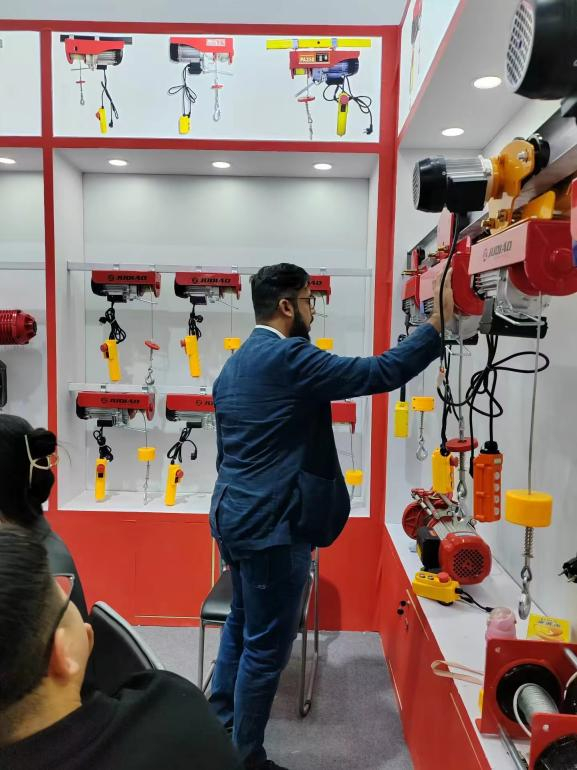


The Importance of Fall Protection Equipment in Industrial Settings
In industrial environments, safety is paramount. One of the most significant risks faced by workers is the potential for falls from heights. According to the Occupational Safety and Health Administration (OSHA), falls are one of the leading causes of fatal injuries in the workplace, particularly in construction and manufacturing industries. Therefore, having proper fall protection equipment is crucial to ensure the safety and well-being of all employees.
Fall protection equipment includes a wide range of devices and systems that are designed to prevent falls or protect workers if a fall occurs. Common types of fall protection equipment include harnesses, lanyards, anchor points, vertical lifelines, and guardrails. Each piece of equipment serves a specific purpose and is essential for creating a comprehensive fall protection system.
Harnesses and Lanyards
One of the most critical components of fall protection is the use of safety harnesses. These straps, which are designed to be worn by workers, secure them to an anchorage point, reducing the risk of falling. Quality harnesses are adjustable and provide comfort while ensuring a secure fit for the user. Workers must be trained on how to properly wear and adjust their harnesses for maximum safety.
Lanyards are also vital in this context. These are flexible lines that connect a harness to an anchor point, allowing for a certain range of movement while preventing the worker from falling freely. Different types of lanyards are available, including shock-absorbing lanyards, which are designed to reduce the impact force on the body during a fall, and positioning lanyards, which are used to hold a worker in place while they perform tasks at height.
Anchor Points and Vertical Lifelines
Anchor points are crucial for fall protection systems. These are secure points to which lanyards, ropes, or other safety devices can be attached. Proper installation and maintenance of anchor points are necessary to ensure their effectiveness; they must be rated for the specific loads they will carry. Vertical lifelines, which allow workers to ascend or descend safely, are also used in conjunction with anchor points. Like lanyards, these lifelines must be robust and reliable, often made from durable materials that can withstand the rigors of industrial work.

Guardrails and Other Systems
In addition to personal protective equipment, collective fall protection systems, such as guardrails, are essential on construction sites or in warehouses. Guardrails act as a barrier that prevents workers from falling off edges or openings. They are typically required in areas elevated above a certain height and must meet specific safety standards.
Other fall protection systems include safety nets and personal fall arrest systems (PFAS), which collectively contribute to creating a safer work environment. Safety nets intercept a fall, reducing the risk of injury, while PFAS contain various components such as harnesses and lanyards designed to stop a falling worker’s descent.
Training and Compliance
While having the right equipment is vital, ensuring that workers are adequately trained is equally important. Employers must implement training programs that educate employees about the dangers of working at heights, the correct use of fall protection equipment, and the importance of compliance with OSHA regulations and industry standards. Consistent safety audits and assessments help to identify potential hazards and ensure that equipment is properly maintained.
Conclusion
In conclusion, fall protection equipment is not just an option but a necessity in industrial settings. The risk of falls can be significantly mitigated through the proper use of harnesses, lanyards, anchor points, and collective protection systems. With the right equipment and proper training, employers can create a safer work environment that protects their most valuable asset—their employees. Investing in fall protection measures not only boosts morale but also enhances productivity and compliance with safety regulations. The cost of safety is always less than the price of an injury.



